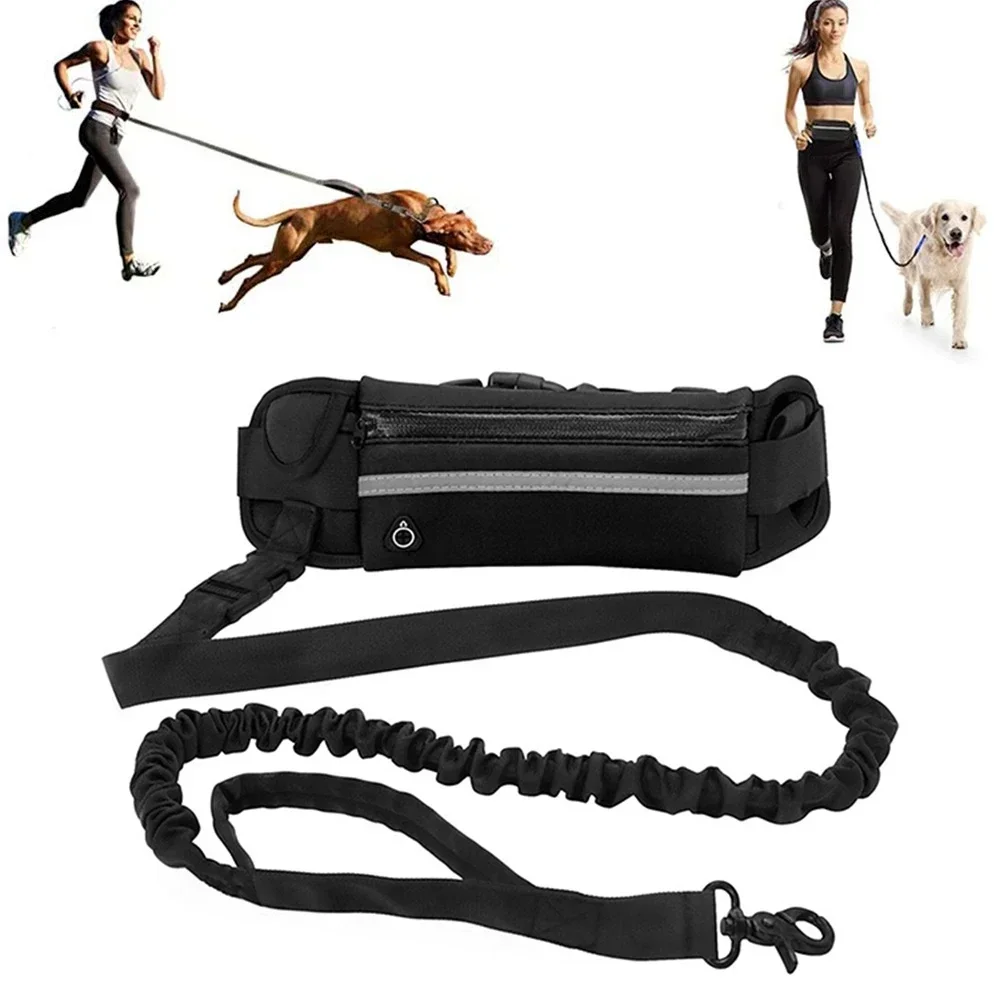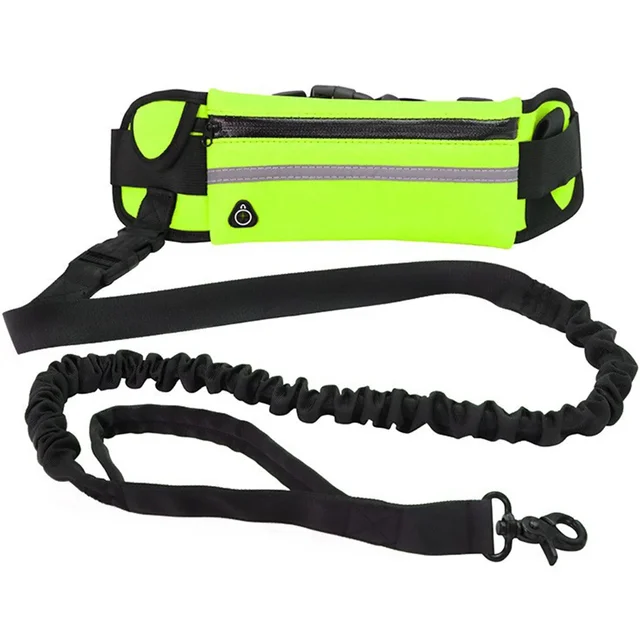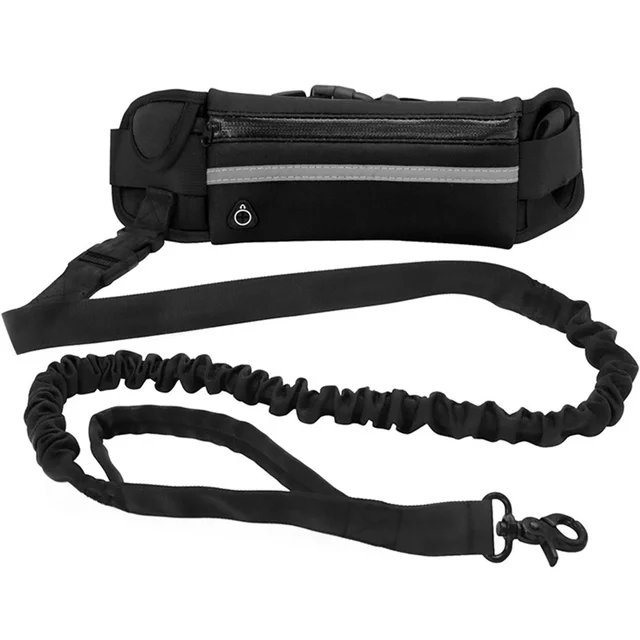Introduction to Retractable Dog Leashes
Retractable dog leashes, also known as flexi leashes, have surged in popularity among dog owners in recent years. These leashes allow dogs to enjoy a greater range of movement while still being under the owner’s control. Unlike traditional fixed-length leashes, retractable leashes use a spring-loaded mechanism that allows the user to extend or retract the length of the leash as needed. While they offer convenience and flexibility, it’s essential to discuss their safety implications to ensure the well-being of both pets and their owners.
The Appeal of Retractable Leashes
One of the most significant advantages of retractable leashes is the increased freedom they provide to dogs. For energetic dogs, having the ability to explore their surroundings while still being controlled by their owners can lead to a more enjoyable walk. These leashes come in various lengths, often extending up to 26 feet or more, which allows dogs to sniff around, run, and play freely. Moreover, many retractable leashes include features like an automatic locking mechanism that provides control over the length of the leash when necessary. This adaptability can make walks more fun and engaging for both dogs and their owners.
Understanding the Mechanism
Retractable leashes function through a simple yet ingenious mechanism. The cord is wound around a spool within a plastic casing. When the leash is extended, the spool rotates, allowing the cord to unwind. The accompanying locking mechanism enables owners to pause the extended length and secure the leash to prevent it from retracting back into the casing. To retract the leash, the spring pulls the cord back whenever the locking mechanism is released, allowing for quick adjustments. However, the mechanism’s functionality can pose challenges, specifically if the leash is not handled properly.

Safety Concerns with Retractable Dog Leashes
Potential Dangers for Dogs
While retractable leashes offer a sense of freedom for dogs, they may also expose pets to various hazards. One major concern is the risk of injury from sudden stops. For instance, if a dog lunges forward while on a retractable leash, the sudden tension can cause strain or injuries in the neck or spine, especially in small breeds. Additionally, retractable leashes can easily become tangled, creating a risk for the dog and other animals in the vicinity.
Risks to Other Animals and Humans
Not only are dogs at risk when using retractable leashes, but other pets and humans may also be affected. Because the cord can extend far beyond the dog’s immediate vicinity, unsuspecting passersby or other dogs may become entangled in the leash. If the owner is not fully attentive, the retractable leash can cause accidents, resulting in injuries to humans and pets alike. Furthermore, in crowded areas, the unpredictability of a dog suddenly darting forward on a long retractable leash can lead to chaotic situations.
Visibility Issues
Visibility another concern associate with retractable leashes, especially during walks in low-light conditions. A thin cord can be difficult to see, and a dog on a retractable leash might not be as noticeable to oncoming pedestrians or cyclists. This lack of visibility can potentially lead to accidents, as others may inadvertently walk into the path of a leashed dog. Therefore, being cautious about surroundings is critical when using retractable leashes, as is ensuring that the gear itself is equipped with reflective materials or lights to enhance visibility.
Best Practices for Using Retractable Leashes
Proper Training for Dogs
A vital prerequisite for using retractable leashes safely is ensuring that dogs well-train and responsive to commands. Owners should invest in training programs that focus on leash etiquette and recall commands. If dogs not accustoming to the way retractable leashes operate, they may become confused when the leash extends or retracts. Training can help mitigate the excitement and prevent them from lunging at distractions. Commands such as “heel” and “come” should be second nature, allowing owners to regain control effectively in unexpected situations.
Choosing the Right Leash
When considering the safety of retractable leashes, selecting the appropriate leash is paramount. There are various models with different features, including varying leash lengths, weight capacities, and locking mechanisms. For larger or more energetic dogs, it is essential to choose a sturdy retractable leash that can withstand their strength. Moreover, it is advisable to pick leashes that include additional features such as ergonomic handles or reflective materials to improve comfort and visibility.

Mindful Walking Environments
Dog owners must also be mindful of their walking environments when using retractable leashes. Ideally, retractable leashes should use in open areas such as parks with ample space and minimal pedestrian traffic. Crowded urban settings, narrow sidewalks, or areas with many other dogs are not ideal for retractable leashes. In these scenarios, a traditional fixed-length leash may provide greater control and increase safety for both the dog and the owner. By assessing the walking environment, owners can make informed decisions about the type of leash to use.
Additional Considerations for Dog Owners
Assessing Your Dog’s Behavior
Different dogs have varying levels of comfort and confidence while on a leash. Owners must assess their dog’s behavior before using a retractable leash. Some dogs may have high prey drives leading them to chase after small animals, while others might be anxious or easily startled by approaching strangers. Knowing your dog’s behavior can significantly impact how effectively and safely they can use a retractable leash. For dogs that show reactivity towards distractions, a traditional leash is typically a safer option.
Monitoring Your Dog’s Health
When using retractable leashes, monitoring your dog’s physical health and condition is essential. Senior dogs or those with existing health issues such as arthritis may not respond well to sudden pulls caused by retractable leashes. It’s essential for owners to be aware of any changes in their dog’s health, as adapting to their needs can promote a safer walking experience. If a dog exhibits signs of discomfort or pain while using a retractable leash, it’s a good idea to consider switching back to a traditional leash.
Expert Recommendations
Many veterinary professionals and trainers emphasize the importance of using retractable leashes with caution. Consulting with professionals before making the transition to a retractable leash can provide valuable insights into your dog’s behavior and tendencies. Additionally, trainers may offer recommendations or additional training methods to minimize potential risks. Reinforcing good leash habits can drastically influence the safety and enjoyment of walks.

Conclusion: Making Informed Choices
Retractable dog leashes can be a fantastic tool when used appropriately and safely, giving dogs the freedom to explore while still allowing owners to maintain control. Nonetheless, understanding their limitations and potential hazards is crucial for ensuring a positive experience. Implementing the two key considerations—proper training and an awareness of the immediate environment—will empower dog owners to make informed choices when selecting the right type of leash. Ultimately, by weighing the pros and cons and taking the necessary precautions, dog owners can enjoy enriching walks with their furry companions while keeping them safe and secure.
In the world of dog ownership, safety should always come first. By keeping in mind the insights shared in this article and regularly reassessing the dog’s behavior and health, owners will better equip to navigate the complexities of retractable leashes, fostering a fun and safe walking experience for their beloved pets.










